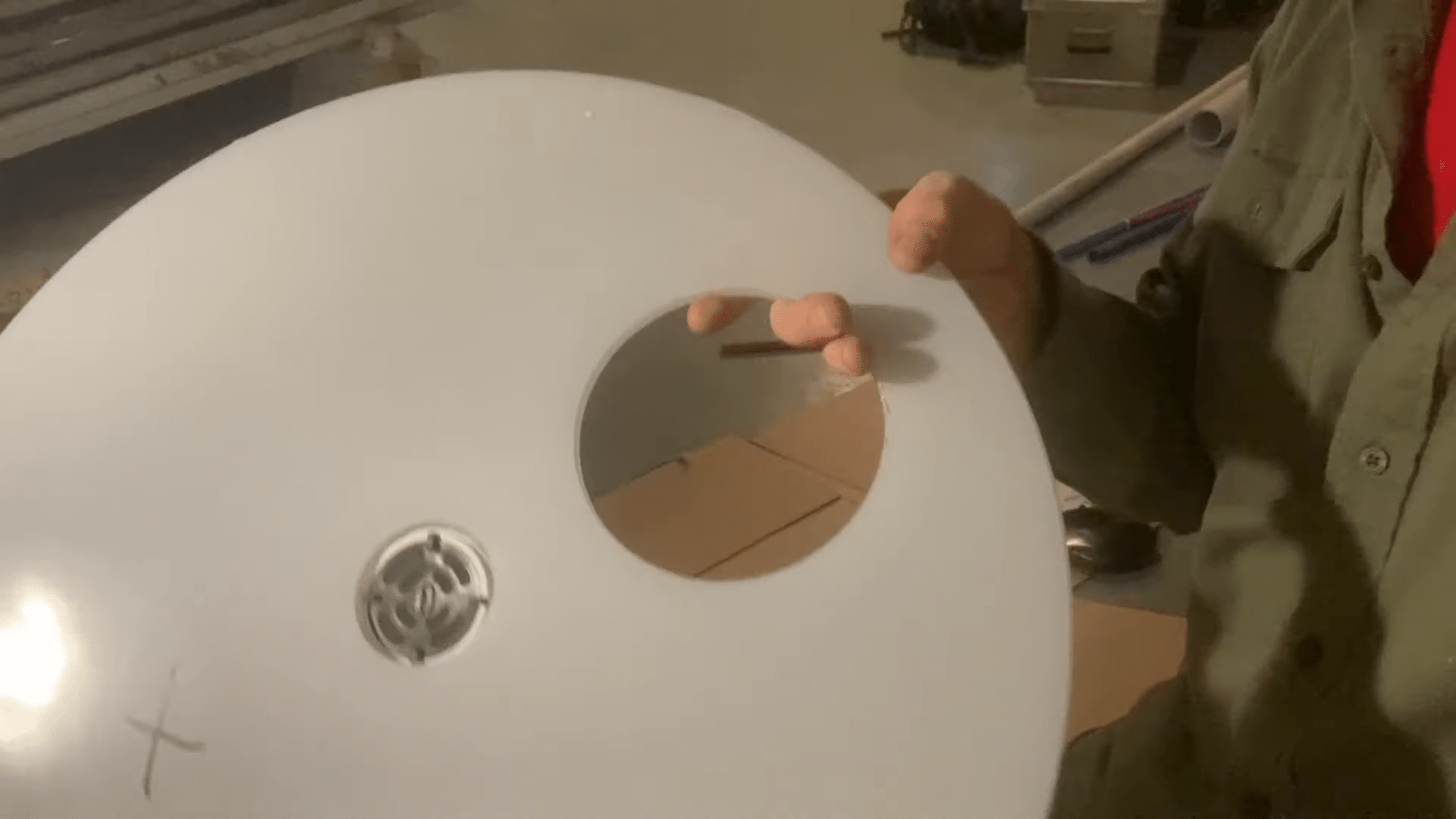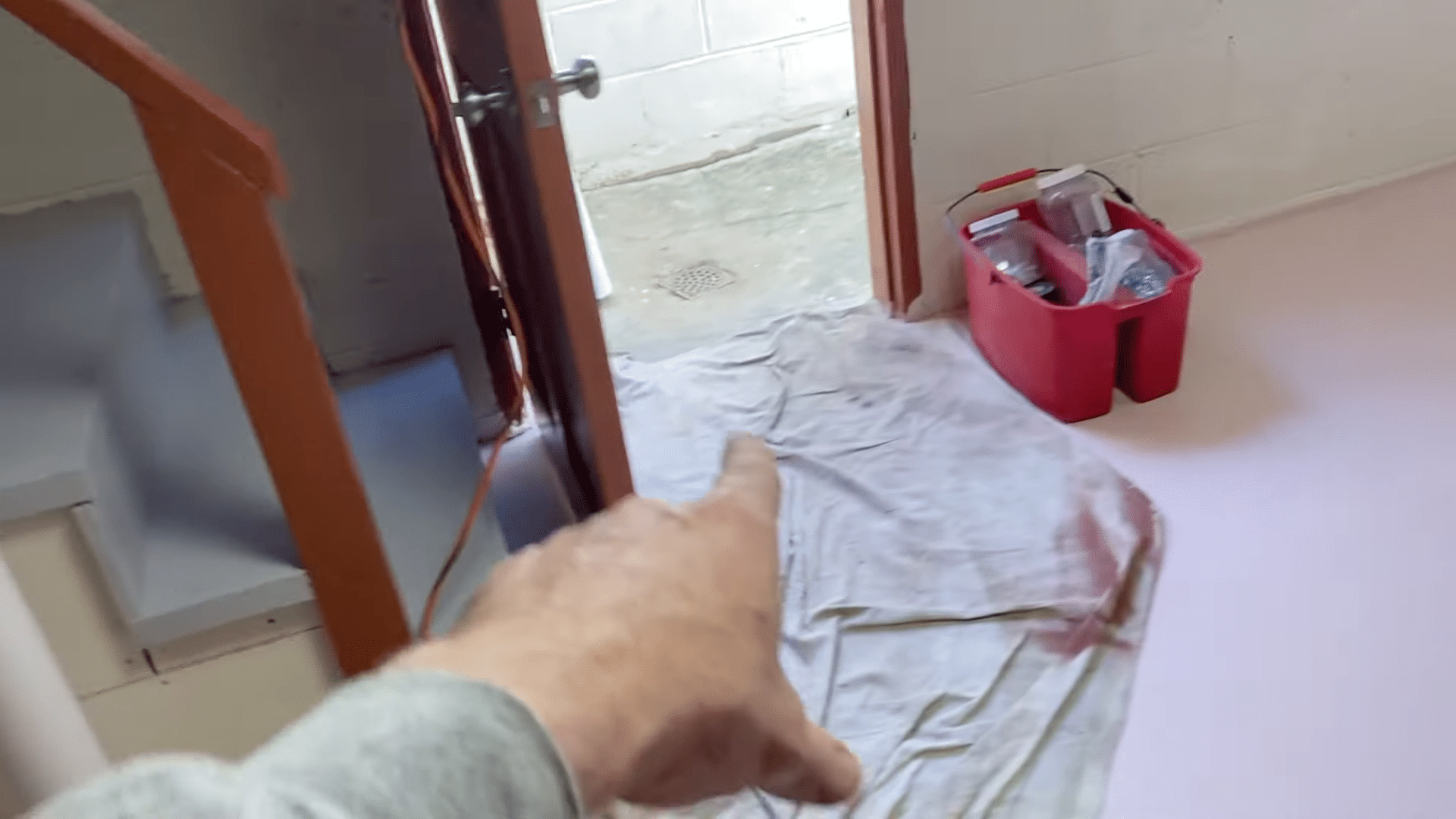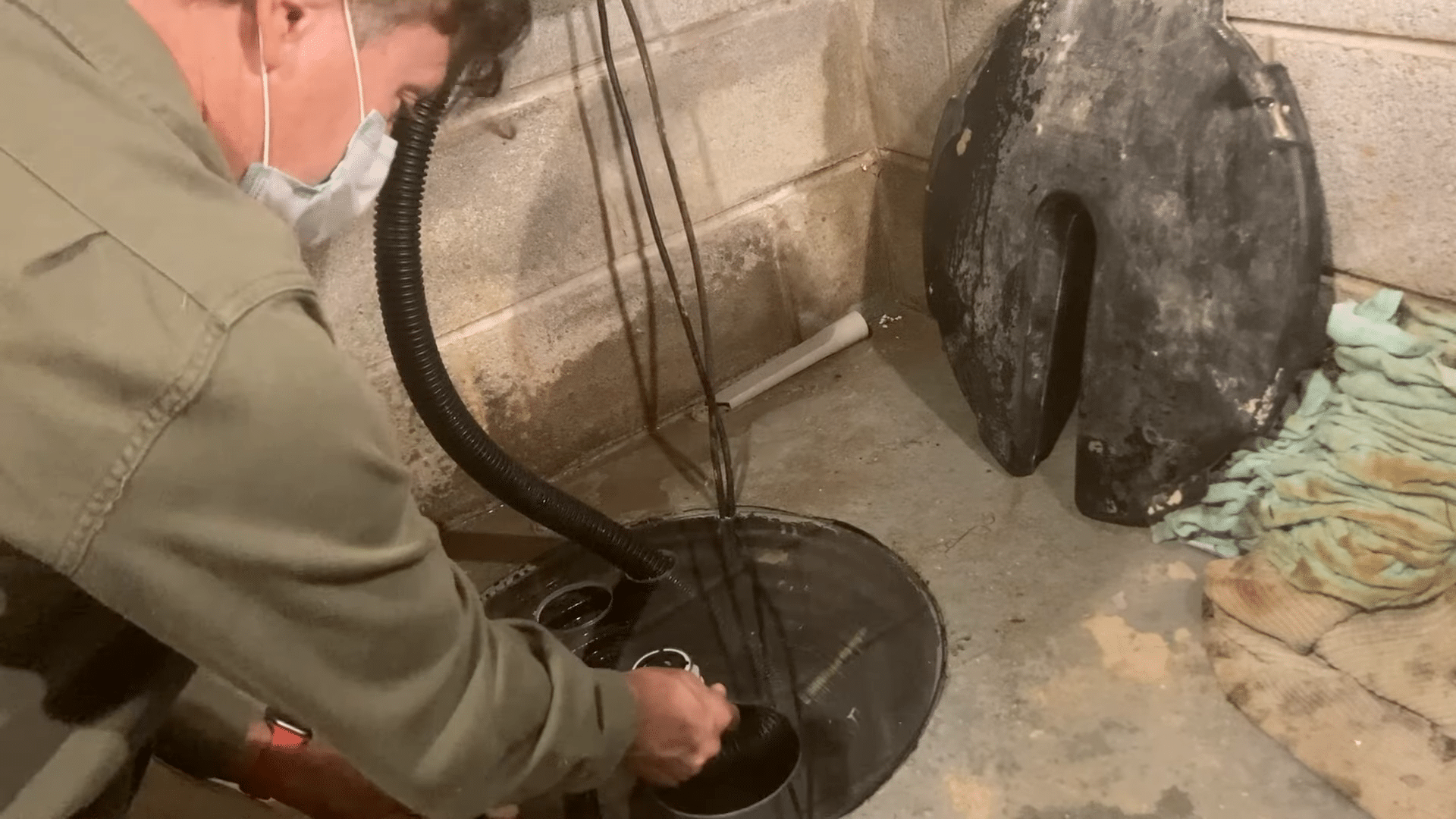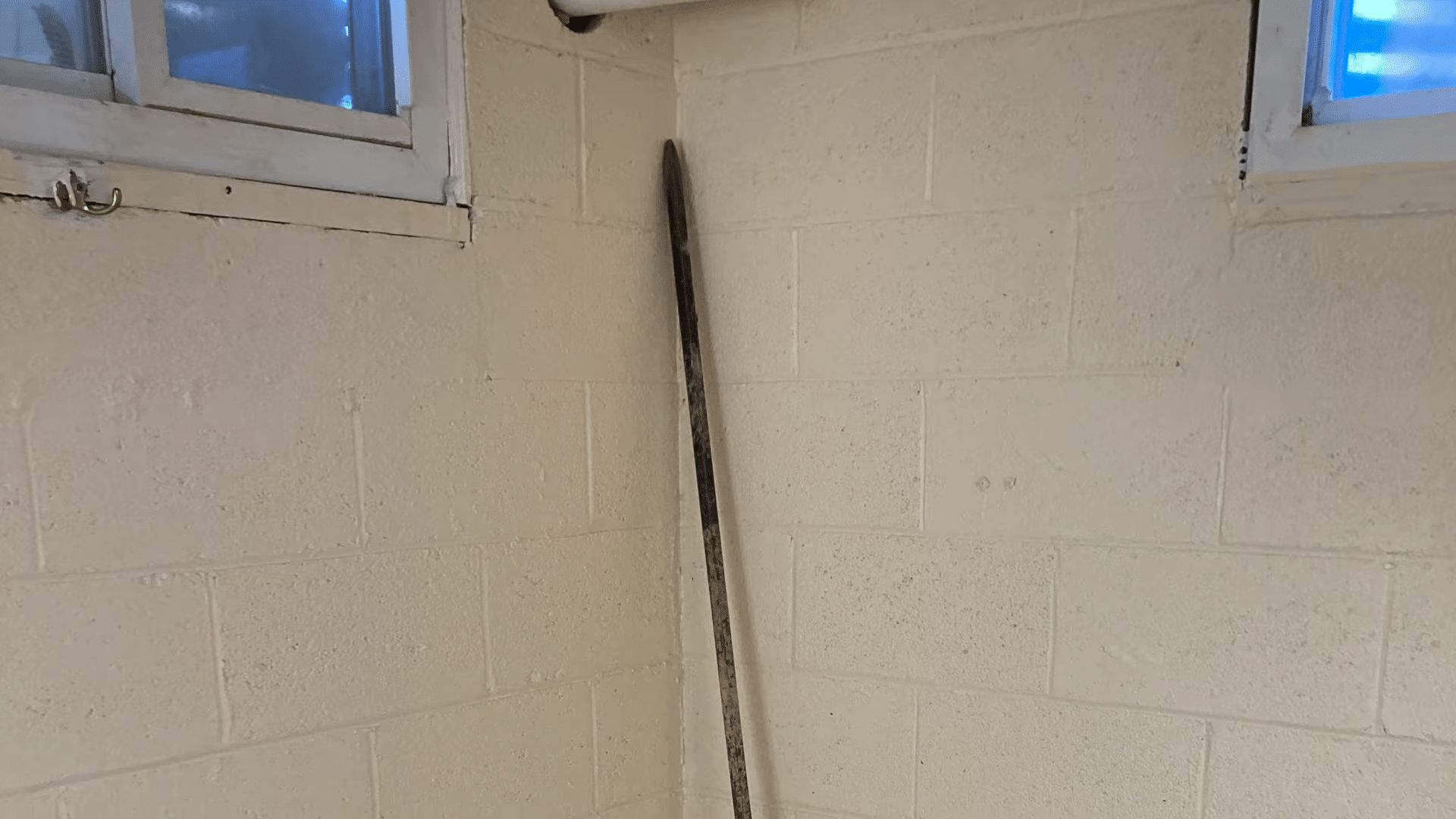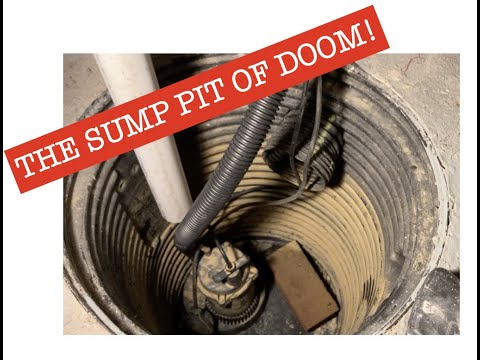Is a Sum Pit an Effective Radon Mitigation Strategy
Home » Health & Safety »
Understanding Radon Mitigation Systems
Radon mitigation is a critical process for homeowners, especially those with high radon levels in their homes. Radon, a cancer-causing radioactive gas, can accumulate to dangerous levels particularly in lower levels of homes such as basements and crawl spaces. Effective radon mitigation systems are essential in maintaining safe indoor air quality. Scott, a professional radon mitigator in Virginia, shares his expertise in installing these systems, particularly focusing on homes with sump pits which can be significant contributors to high radon levels.
Identifying Radon Hotspots: The Role of Sump Pits
In one case study, a homeowner’s radon levels significantly increased from an initial test result of 5 pCi/L to around 30 pCi/L, alarming levels since the EPA recommends action at or above 4 pCi/L. Upon investigation, the highest radon concentrations were detected near the sump pit. Sump pits can act like chimneys, funneling radon from the soil beneath a house directly into the living space. This understanding is pivotal in determining the most effective mitigation strategy.
Customized Mitigation Approaches
Each home presents unique challenges in radon mitigation, often influenced by its construction and the homeowner’s needs. In the example provided, Scott used a two-inch pipe routed from the sump pit to a larger four-inch pipe to effectively channel radon outside the home. This technique, part of a broader strategy that treats multiple levels of the home, has proven successful in Scott’s experience. The process also involves careful planning to avoid confusing future plumbing work, a common issue in homes with complex pipe layouts.
Techniques and Tools for Effective Mitigation
During the mitigation process, Scott demonstrated the use of various tools and techniques. For instance, sealing sump pits temporarily with plastic was a practical short-term solution, but installing a specialized sump pump lid provided a more permanent fix. These lids are designed to allow water in while preventing radon escape, a clever solution to a potentially deadly problem. Understanding the specific radon pathways in a home, such as through sump pits or other entry points, is crucial for designing an effective mitigation system.
Challenges at Different Sites
The mitigation strategies may vary significantly between homes. For example, in another home, a brick ranch-style house with poor gravel content beneath its foundation, a high-suction radon fan was necessary. This house also featured a sump pit, but unlike the first case, it was left untouched because it was effectively sealed and not contributing to radon levels. This decision-making process illustrates the complexity and customized nature of radon mitigation, where one-size-fits-all solutions are not applicable.
Installation of a Radon Mitigation System
Back at the initial site, the final installation of a radon mitigation system involved placing a high-quality lid on the sump pit. This lid, equipped with a device called Hyper Drain, allows for water drainage while blocking radon gas. Proper sealing and installation techniques are crucial to ensure the system’s effectiveness. The process involves precise adjustments and careful sealing to prevent any radon leakage, ensuring the homeowner’s safety and peace of mind.
Understanding and Addressing Homeowner Concerns
Homeowners often face the dilemma of whether or not to implement radon mitigation. Initial radon levels that hover around the EPA’s action guideline can cause uncertainty. However, as Scott’s experiences demonstrate, radon levels can fluctuate and potentially increase, underscoring the importance of retesting and, if necessary, installing a mitigation system. Educating homeowners about the risks associated with radon and the effectiveness of mitigation strategies is a vital part of a radon professional’s job.
Radon mitigation is a specialized field that requires knowledge of both the dangers posed by radon and the various ways it can infiltrate homes. Professionals like Scott play a crucial role in ensuring residential safety by assessing radon risks and implementing tailored mitigation strategies. For homeowners dealing with radon issues, consulting with certified radon professionals through organizations like the National Radon Safety Board can be an essential step towards securing their health and home environments.
